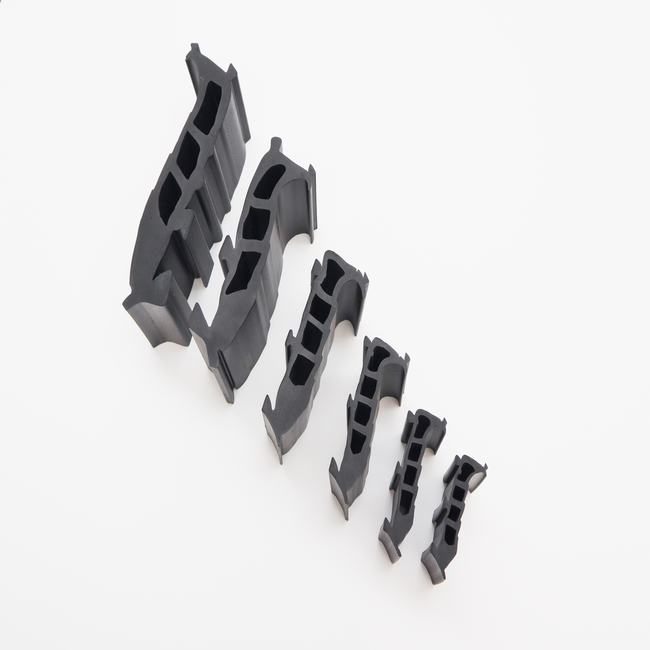Concrete pipe seals, also known as pipe gaskets or pipe joint seals, are crucial components used to create watertight and secure connections between concrete pipes in various infrastructure applications. These seals play a vital role in preventing water infiltration, soil migration, and the escape of sewage or other fluids in sewer, stormwater, and water distribution systems. They also help maintain the structural integrity of the pipes and prolong their lifespan. Here are some key aspects of concrete pipe seals:
1. Types of Concrete Pipe Seals:
- Rubber Gaskets: Rubber gaskets are one of the most common types of pipe seals used with concrete pipes. They are typically made of high-quality elastomers, such as EPDM (ethylene propylene diene monomer) or Nitrile rubber, which are resistant to chemicals and environmental conditions.
- Profile Gaskets: Profile gaskets have a specific shape or profile designed to fit the contours of the concrete pipe joint, creating a tight seal. They are often used in circular pipe connections.
- Compression Seals: Compression seals are designed to provide a secure seal by compressing the gasket material when the pipes are connected. They are effective at preventing water infiltration.
- Lubricated Seals: Lubricated seals have a lubricant layer that facilitates the installation of the gasket and ensures a watertight seal when compressed.
2. Applications:
- Sewer Systems: Concrete pipe seals are commonly used in sewer systems to prevent the leakage of sewage and wastewater. They help maintain the integrity of the sewer system and prevent contamination of the surrounding environment.
- Stormwater Drainage: In stormwater drainage systems, these seals prevent rainwater from infiltrating the ground and help manage runoff efficiently.
- Water Distribution: Concrete pipes are also used in water distribution networks. Seals in these systems prevent contamination and maintain the quality of drinking water.
- Culverts: Culverts are used to allow water to flow under roads or other structures. Concrete pipe seals are used to create watertight connections in culvert systems.
3. Installation and Maintenance:
- Proper installation is crucial to ensure the effectiveness of concrete pipe seals. Clean and dry surfaces, as well as correct alignment of pipes, are essential.
- Regular inspection and maintenance of seals are important to identify and address any wear, damage, or deterioration over time. Damaged seals can lead to water infiltration and structural issues.
4. Compliance and Standards:
- Concrete pipe seals often need to meet specific industry standards and regulations to ensure their performance and reliability.
- Standards and specifications for concrete pipe seals may vary by region, so it’s important to consult local codes and guidelines when selecting and installing these seals.
Concrete pipe seals are essential components in infrastructure systems, helping to maintain the integrity of pipe networks and protect the environment from contamination and water damage. Proper selection, installation, and maintenance of these seals are critical for the long-term performance of concrete pipe systems.

